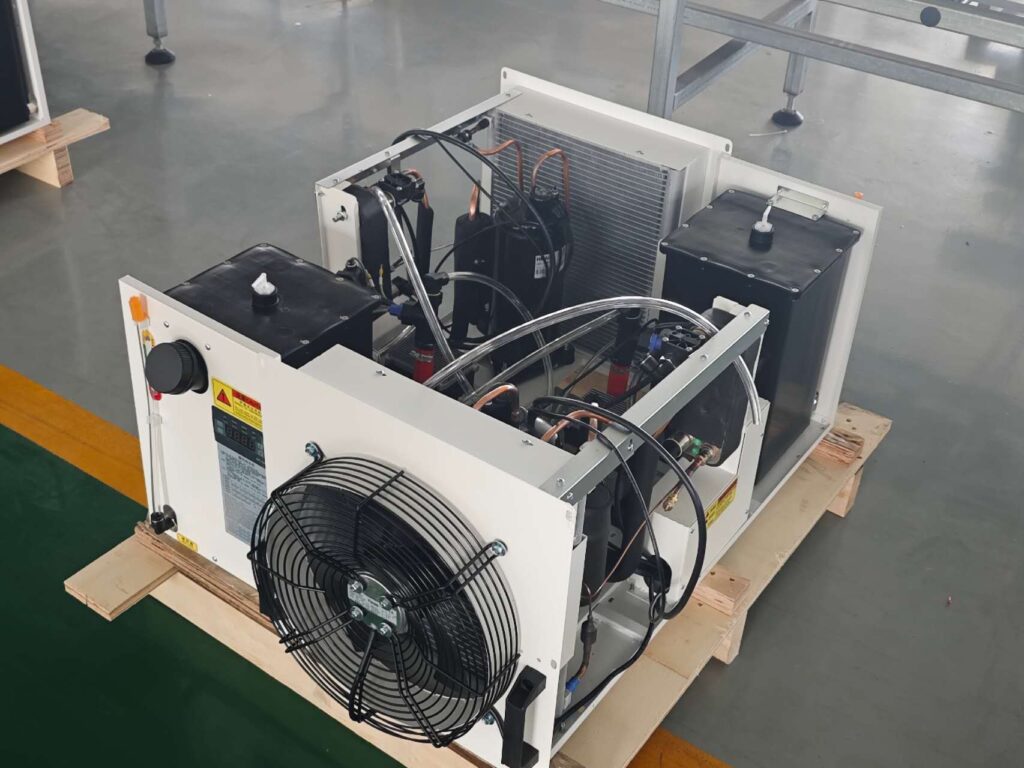As demand grows in fields like smart buildings, smart factories, and smart workshops, the need for welding materials also increases. Most welding today is still done manually. Workers inspect the surface by eye and then repair it if needed. This method is subjective and lacks standard quality checks. It also forces workers to stay in harsh environments, which raises production costs. That’s why using Laser Welding Robots for intelligent inspection and welding has become urgent.
Welding robots are the most widely used type of industrial robots. They are common in tasks like palletizing, loading/unloading, and welding. Today, let’s look at laser welding robots, which help save significant production costs in real applications.
A laser welding robot includes three main parts:
- Robot System – base, body, electronic control, and teach pendant
- Laser System – laser source, chiller, welding head, wire feeder, and control software
- Auxiliary System – workbench, positioner (single or dual axis), vision system, transformer, gas supply, and safety devices
The robot body and welding machine are the most critical components. The auxiliary systems can be customized based on the type of product being welded. For robot bodies, you can choose from top brands like KUKA, ABB, FANUC, and YASKAWA. Pick the right arm length according to your production needs. To cut costs, many users also consider Chinese robot brands. In practice, most clients go with YASKAWA or CROBOTP.

For the laser unit, we recommend Dapeng Laser’s 1500KW–6000KW models. These units work with chillers, wire feeders, and control systems to complete the laser part of the robot.
Welding power depends on the material and its thickness. A 1500KW laser can weld stainless steel or carbon steel from 0.5mm up to about 3mm. The highest power, 6000KW, can weld up to 12mm.

When setting up the full system, besides the robot and laser, we choose auxiliary parts based on budget and environment:
- Vision System: Tracks weld position and quality in real-time, adjusts paths, and improves accuracy
- Positioners: Adjust and hold workpieces for better welding angles, especially for complex parts
- Gas Supply: Delivers protective gases like argon or CO₂ to prevent oxidation and ensure quality
- Safety Devices: Includes guards, light curtains, and emergency stops to protect workers

Currently, robots follow a programmed path using the teach pendant. Some systems include vision checks, but they can’t adapt in real-time. This may lower the yield rate. In the future, with AI development, robots will become smarter, making real-time adjustments during welding and improving precision even further.
